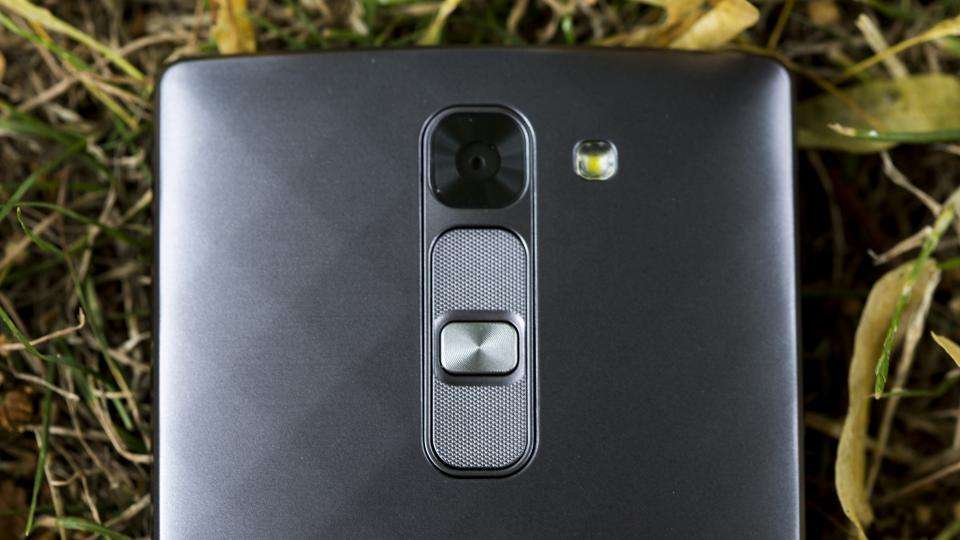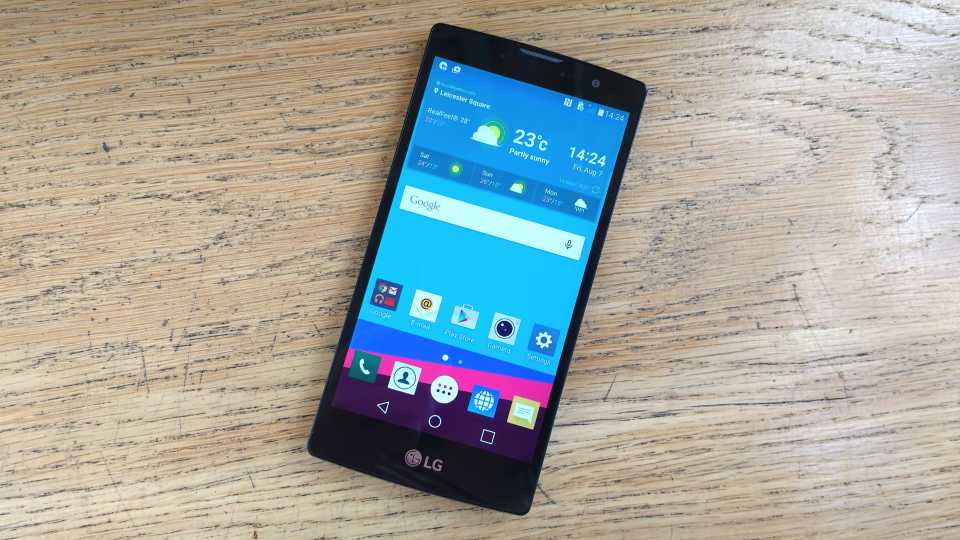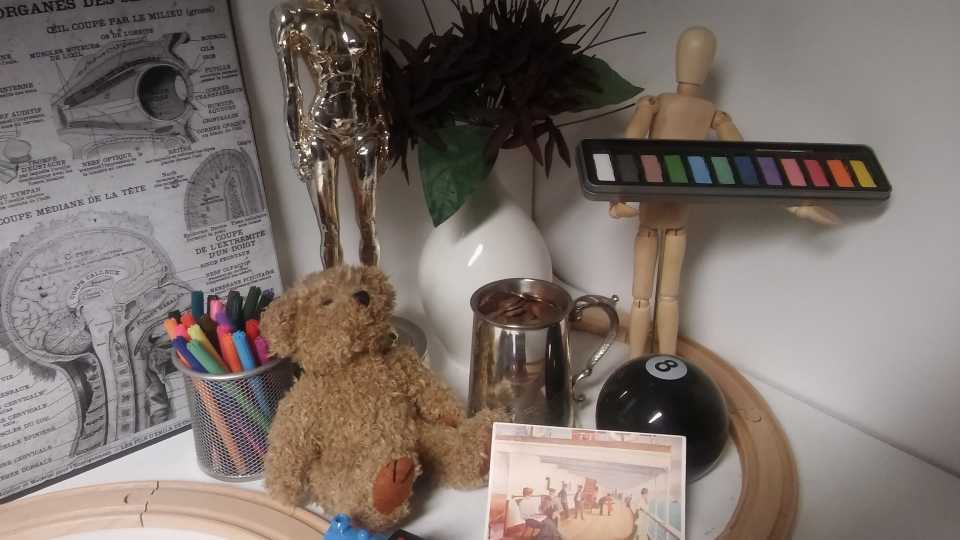The budget LG G4c has some good things going for it – the emphasis being on some. It has an excellent battery life and a decent camera, and those are both pretty convincing reasons to give LG’s handset a second glance. Look further, however, and you’ll find a phone that sorely lacks in performance and polish. And that’s not just the fact you’ll have to wipe your screen with your sleeve to keep the display visible.
This isn’t to say that the LG G4c is abysmal, just that it underwhelms on many points that matter. This is particularly damning when you consider the competition, such as the compact Samsung Galaxy A3 or the Moto G 3 rd Gen – both of which significantly raise the bar when it comes to budget smartphones. When you’ve got machines like these in the shops, it’s not enough to coast through on less-than-average abilities.
Before we begin, it's worth mentioning at this point that the LG G4c is now powered by Android 6.0 Marshmallow. Thanks to an OTA update, you should be prompted to start downloading the newest version if you haven't already and if not, you can always delve into the update sections in your phone's settings. Android Marshmallow brings with it a bunch of different features including UI streamlining and a supposed battery life extension when on standby. Considering it's now up to date, at least until Nougat rolls around, you should be getting a little bit of longevity here.
From design to storage capabilities, here’s what we made of the LG G4c last year.
Design
The G4c is a miniature version of LG’s leather-bound flagship, the G4 . It might not seem like it considering it has a large 5in display, but like many of LG's 2015 handsets, the buttons are all located on the back of the phone, allowing for a smaller, more compact chassis than its bulkier 5in rivals.
There’s no leather here though; the G4c is made entirely out of plastic. It has the same curved back as its bigger brother, though, and borrows the same diamond pattern as the G4’s ceramic and metallic variants, so at least it bears some family resemblance. It also has a curved display, but with a 3,000mm radius, it’s so subtle that it’s practically non-existent. It's nowhere near as pronounced as the LG G Flex 2 , and I struggled to see it even when I looked at the phone side on.

Some of the G4's software tweaks make the cut, at least, including Knock Code and Glance View. The former lets you wake the phone by tapping out a personalised lock pattern anywhere on G4c's screen, while the latter gives you the time, date and any active notifications by swiping down from the top of the screen when it's asleep. Glance View was a tad temperamental, however, either refusing to recognise my thumb swipes or it took too long to respond. You'd be better off just using the power button for checking the time.
Display
This isn't nearly as disappointing as the G4c’s screen quality, though. Our colour calibrator measured a meagre 65.9% sRGB colour gamut coverage, which is one of the lowest scores I’ve seen, even among budget handsets. A lack of yellow, green, red and magenta coverage creates a very cool colour cast. High brightness levels of 438.7cd/m2 and clean-looking whites help mask this to some extent, but warmer images looked plain wrong, with skin tones appearing unnaturally pink and peachy.

Black levels were also quite high at 0.47cd/m2, but its contrast ratio of 915:1 was more promising, providing a good level of detail in all of our test photos, even given the 1,280x720 resolution. I wish the screen wasn't quite so prone to picking up fingerprints, as this not only made the screen look a bit grimy and grainy, but it also meant I was constantly having to clean it in order to get a clear, unspoiled picture.
Battery Life
Fortunately, the G4c redeems itself slightly with excellent battery life. With the screen brightness set to 170cd/m2, it managed an impressive 14h 43m in our continuous video playback test. This compares very well to other £200 smartphones, beating the Samsung Galaxy A3 , 3rd Gen Moto G and Sony Xperia M4 Aqua by quite some margin.
Camera
The rear 8-megapixel camera is another point in the G4c's favour. The app is relatively basic, with no extra modes or HDR shooting, but images were surprisingly decent at the default settings. Colours were rich and natural, and while the overcast weather conditions resulted in a rather bleached out sky, there was a good level of detail present and hardly any noise.

^ Despite the overcast weather, colours were very accurate in our outdoor photos
The G4c coped well indoors as well. Noise levels increased slightly when relying on natural light, but colours still had plenty of punch and compression was kept to a minimum around the stems of the plants in our still life. Turning on the flash gave everything a rather disappointing blue sheen, but it's better than nothing if lighting conditions are really bad.

^ Moving indoors created a lot more noise, but objects still looked bright and punchy in low lighting conditions











